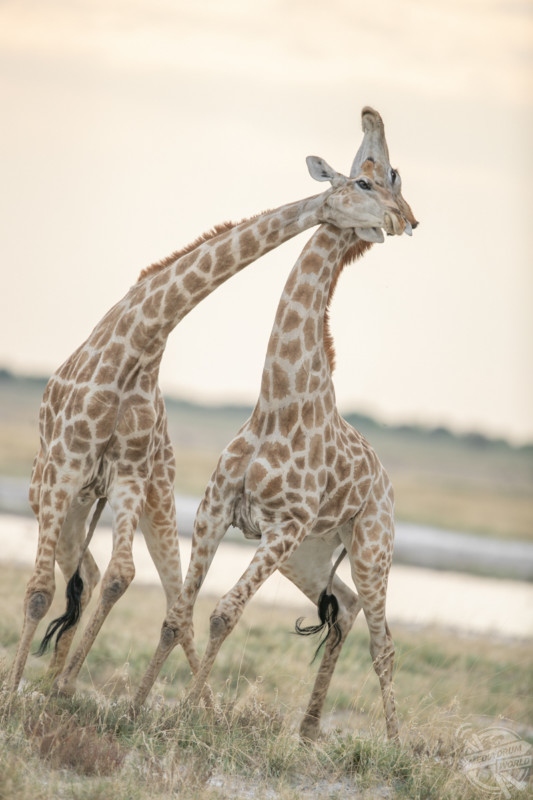By Ben Wheeler
CHECK OUT these stunning images from Namibia which show two adult giraffes embroiled in a feisty battle with one another, each swinging their giant necks into their companion.
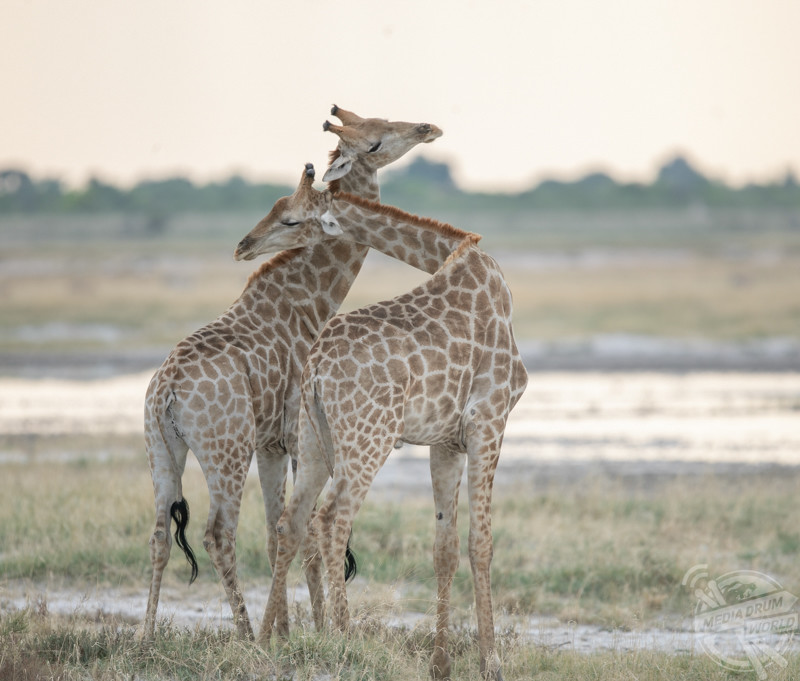
Among the amazing photographs are the majestic mammals stood side by side before taking swings at each other by ‘necking’, a term used to describe how males establish social hierarchies by using their neck as a weapon.
The beautiful snaps were taken by Jason ‘Owen’ Kandume, who is originally from Northern Namibia but now lives in the United States, he described how he was able to take these magnificent shots.
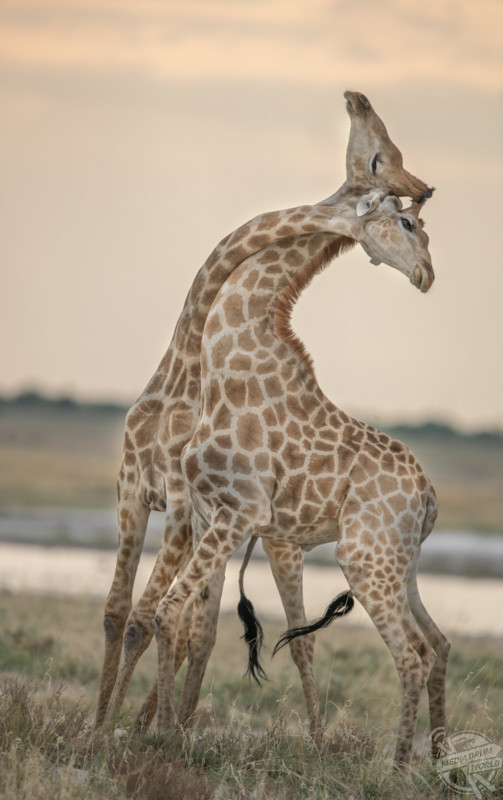
“If I want to take pictures of animals I make sure I’m where I need to be either early in the morning or late afternoon which is the time animals in the wild tend to be most active,” he said.
“I have my own rules when I’m photographing animals. I keep my distance and use long lenses to ensure that I don’t disturb them.
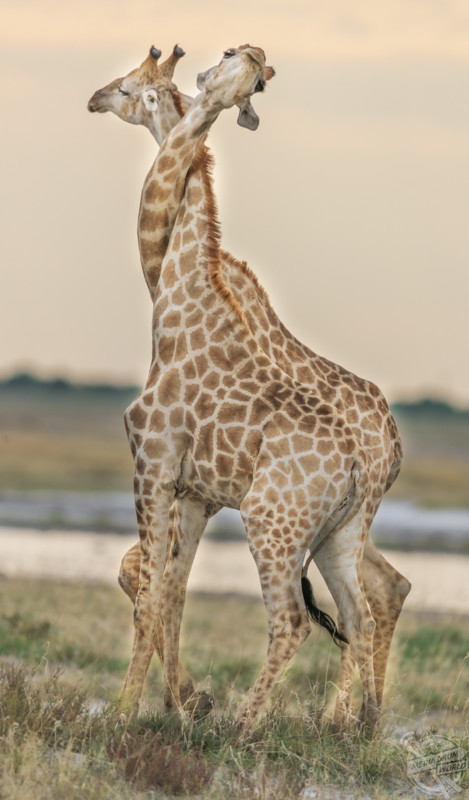
“I spend a maximum of ten minutes on each animal then I move on or come back to it later.
“I know how most African animals behave and if I want to photograph them I mostly know where I’m likely to find them.”
Owen then went on to discuss what kickstarted his passion for photography and what it is he loves about capturing wildlife in particular.
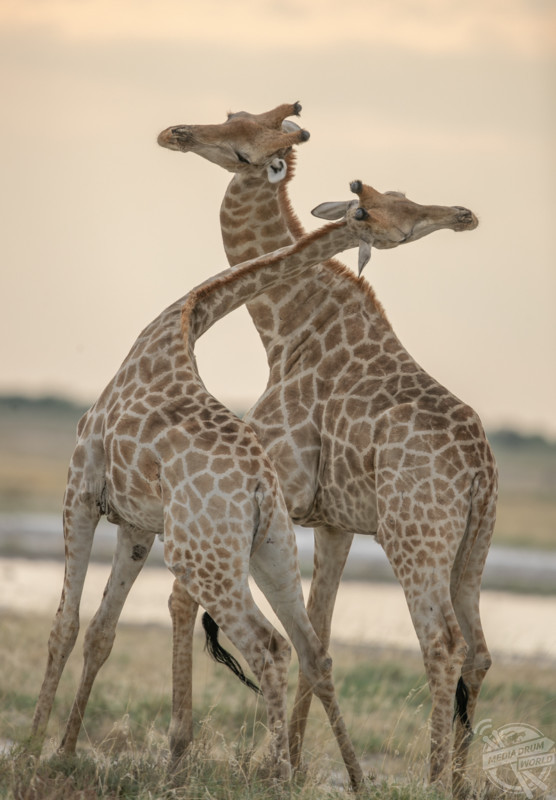
“My interest in photography started when I was at University in Norway several years ago, it started as a hobby, but I’ve now made it into a business,” he said.
“I had a friend with an expensive camera, so I decided to buy one myself and have never looked back since.
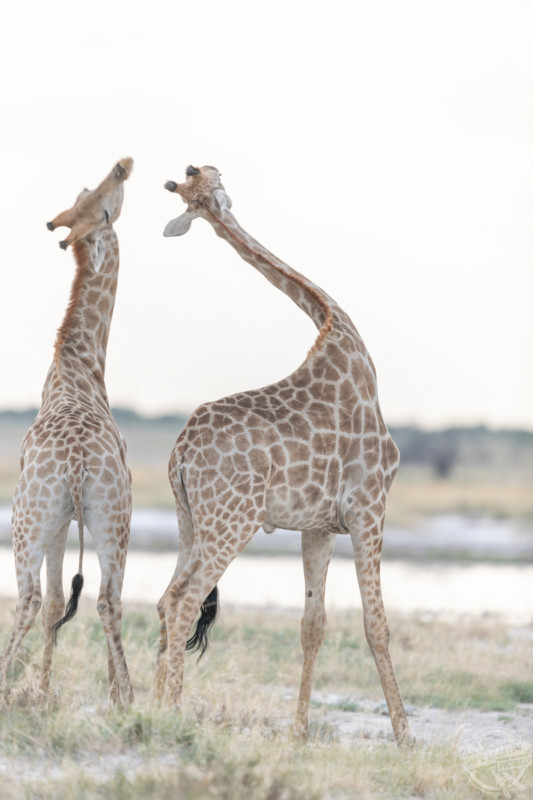
“I’ve had a passion for wildlife since I was a child, my father had a small black and white television when I was a kid and I was addicted to watching wildlife and nature shows on it which is one of my strongest childhood memories.”
Owen went on to describe how he perceives his own work, explaining the primary equipment he uses to get his shots.
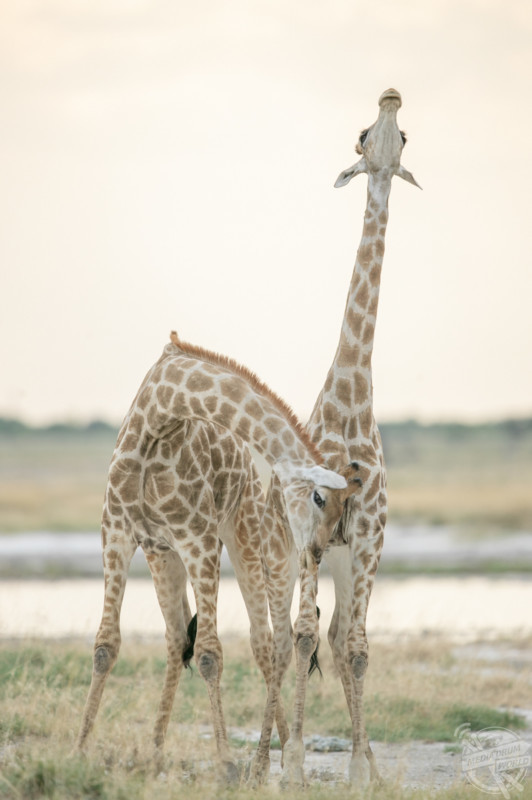
“I don’t consider my photos as unique but what is important to me is to show the art of nature in the hope of inspiring others to fall in love with these magnificent animals,” he said.
“I use a DSR as opposed to a film camera like most photographers. My main camera is a 1DX Mark II full frame, it can take fourteen frames per second and is especially good for fast subjects such as birds.
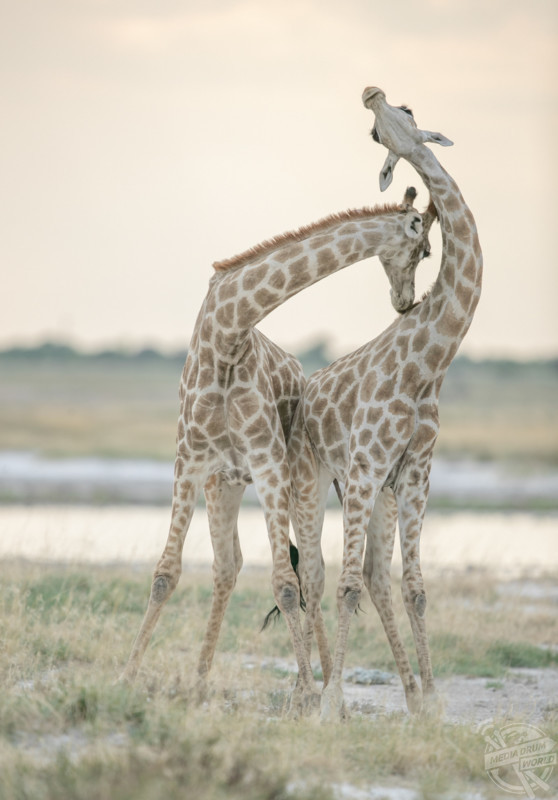
“I get a lot of questions about my work and people often ask me about my equipment and how much I paid for it as they are amazed by my photos, some have even asked me if I work for National Geographic.
“I’d advise any budding wildlife photographers out there to know their subject, do some research, be safe and respect the subject you’re shooting. Take as many shots as you can as there is no second chance in nature.”
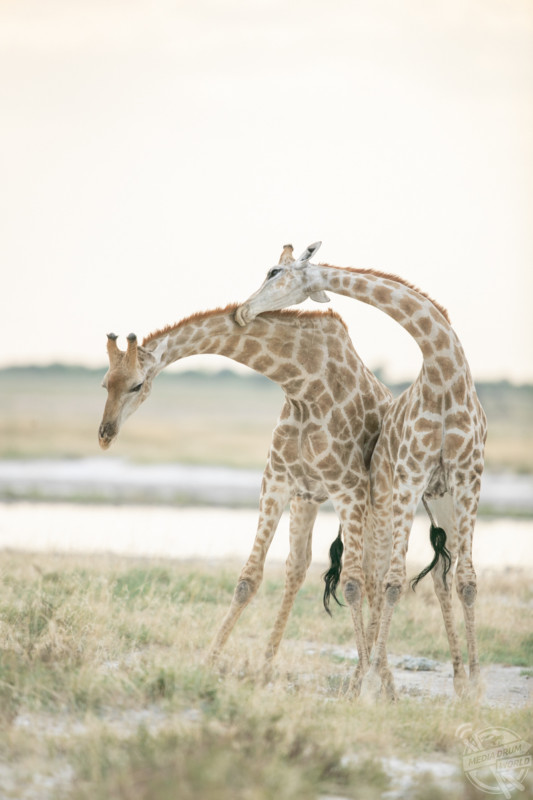
Giraffes can be found across much of the African continent, usually inhabiting savannahs and woodlands.
They are herbivores and their primary food sources are leaves, fruits and flowers which they browse for at heights that other species are unable to reach.
Giraffes are preyed on by lions, leopards, hyenas and wild dogs, living in herds of related females and their offspring or bachelor herds of unrelated adult males.

